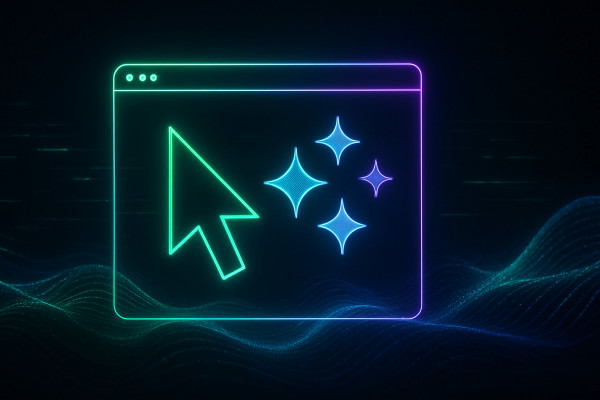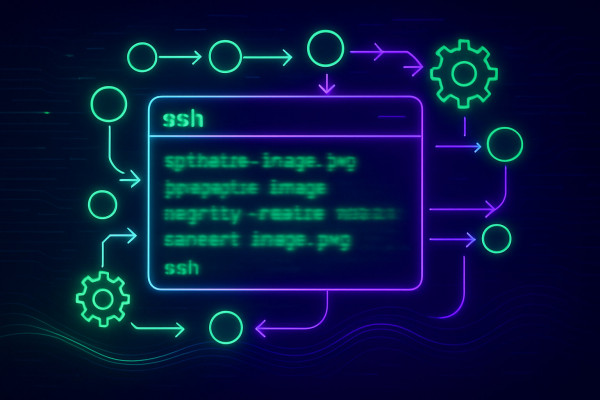Free AI tools for designers
May 9, 2025
AI is revolutionizing the design industry empowering designers with an array of powerful tools to streamline their workflows and enhance…
A comprehensive look at WebP, Google's modern image format that's revolutionizing web graphics with better compression and enhanced features while maintaining broad browser compatibility.

WebP has emerged as a powerful image format designed to replace traditional standards like JPEG, GIF, and PNG with more efficient compression and enhanced features. Developed with web performance in mind, WebP offers a versatile solution that combines the best aspects of its predecessors while introducing new capabilities. At its core, WebP utilizes a RIFF (Resource Interchange File Format) container structure, beginning with a "WEBP" header that identifies the format. This container can hold images up to approximately 4GB in size, making it suitable for virtually any web graphics need. The format supports both lossy and lossless compression methods, allowing developers to choose the optimal balance between image quality and file size.
The format comes in two main variants: simple and extended. The simple format is perfect for basic image needs and maintains compatibility with older software, using either VP8 encoding for lossy compression or WebP's own lossless encoding algorithm. The extended format builds upon this foundation by adding support for advanced features that modern web applications often require, including alpha channel transparency for sophisticated overlay effects, and animation capabilities that rival or exceed those of traditional animated GIFs. The extended format also supports ICC color profiles, ensuring accurate color reproduction across different devices and displays.
One of WebP's standout features is its sophisticated handling of metadata and animations. The format can store both Exif and XMP metadata, making it suitable for professional photography and graphic design workflows where image information needs to be preserved. Unlike the limited animation capabilities of GIF, WebP offers fine-grained control over frame timing, disposal methods, and blending options. Animations can specify background colors, frame durations, and loop counts, while maintaining smaller file sizes than equivalent GIF animations. The format achieves this efficiency through advanced compression techniques and smart handling of frame differences.
For developers and content creators, WebP offers clear advantages. Its compression efficiency typically results in files 25-35% smaller than comparable JPEG images at equivalent visual quality, as demonstrated in Google's WebP case studies. This reduction in file size leads to faster page loads and reduced bandwidth usage, making it particularly valuable for mobile applications and high-traffic websites. Modern web browsers widely support WebP, making it a practical choice for current web development, and the Can I Use database shows its broad adoption across platforms. The format's flexibility means it can serve as a single solution for various image needs, potentially replacing JPEG, PNG, and GIF in many use cases, while its thoughtful design balances compatibility with innovation, making it a valuable tool in the modern web developer's toolkit.

May 9, 2025
AI is revolutionizing the design industry empowering designers with an array of powerful tools to streamline their workflows and enhance…

May 5, 2025
Optimizing images has become a necessity for web developers and content creators alike With the rise of high-resolution displays and…

May 4, 2025
Freepik the popular design asset marketplace has recently unveiled F Lite an 'open' AI image generator trained on licensed data…